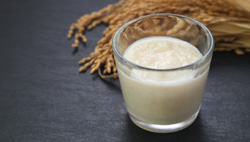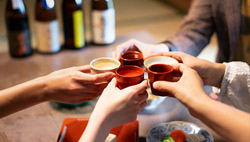Sake 101:
A Beginner's Guide to Sake
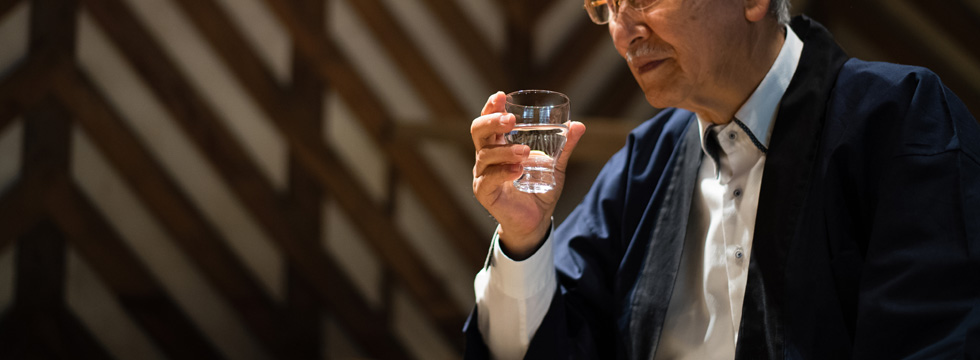
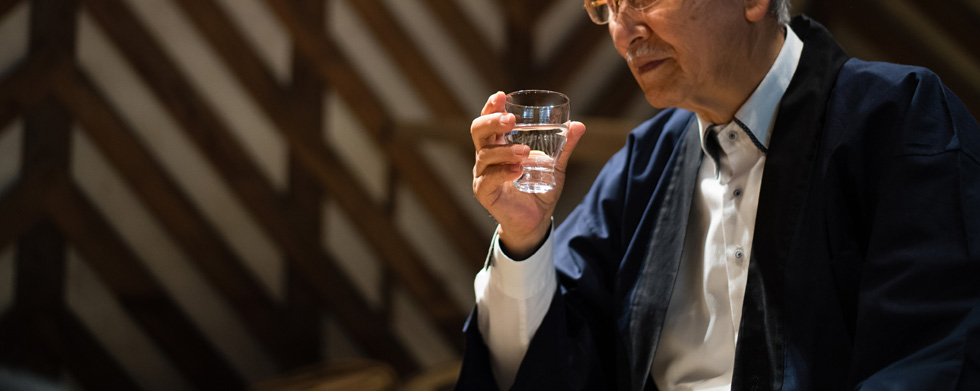
Everything you need to know about this iconic Japanese beverage
What is Sake?
Sake is Japan's national artisanal alcoholic beverage made by fermenting rice. It drinks like a wine, is made like beer, but is in a class of its own, with an average alcohol strength of around 14-16%.
Typically, sake is clear, sometimes displaying different hues. There is generally a little sweetness and texture from the rice, but very little bitterness, astringency, and the acidity is generally around a fifth of that of wine, making it very smooth and rich in umami. With flavors that run the gamut from fruity, floral and herbaceous to earthy, nutty, meaty and everything in between, sake is incredibly diverse.
Woven into the fabric of Japanese culture and life, every bottle of sake is crafted with love and dedication by brewers passionate about their craft.
This guide will take you through the basics of how to enjoy sake, explain the brewing process and help you navigate the various types of sake available.
The Origins of Sake
While time has blurred the exact origins of sake, historians have narrowed it down to the arrival of wet rice cultivation from China around 2,800 years ago. A Chinese history book written in the third century contains the first account of the drink from a foreign perspective. It notes, “people in Japan drink sake. They drink it in groups when they are mourning.”
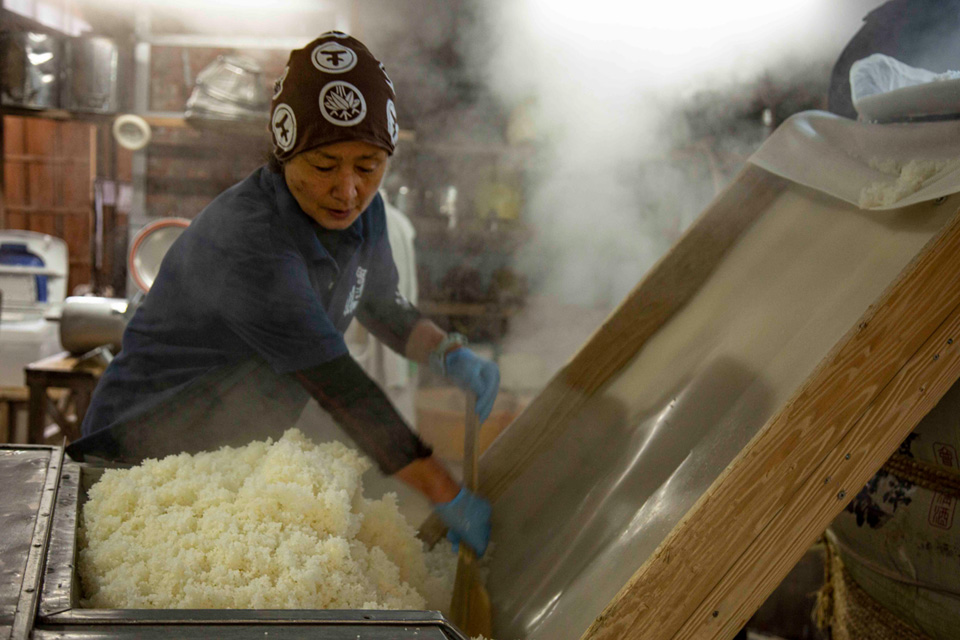
The Ingredients of Sake
Rice
Rice is a precious staple in Japan. In the olden days, people even used it as a currency. Although sake can be made with ordinary rice, its importance in the Japanese diet meant that it was often unavailable for brewing. This led brewers to seek an alternative: sakamai or sake rice. With its concentration of pure starch in the center, it is ideal for brewing more refined sake.
The industry now creates sakamai by crossing varieties, developing some with particularly superior characteristics for brewing. These are called shuzokotekimai (brewing rice), of which there are currently over 120 varieties.
Some breweries source their rice from farmers directly under special contracts, while others source locally to support their local agriculture. Since a rule forbidding breweries from growing their own rice was relaxed, many breweries have started to do just that, some even experimenting with natural and organic farming practices.
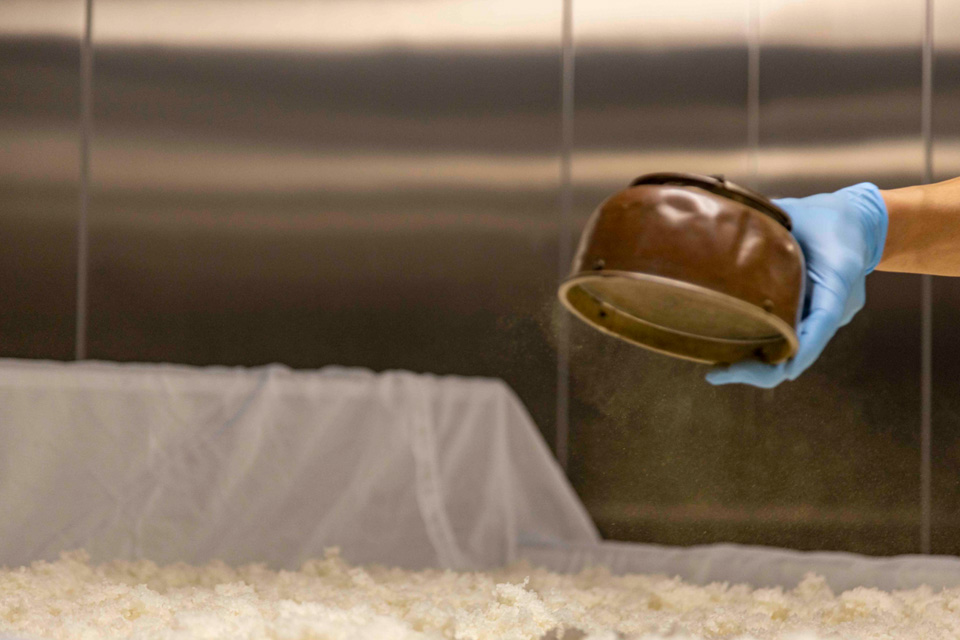
Koji-kin
Sake is often called a rice wine, but this is incorrect. Sake is a brew like beer, and places that make it are called breweries. Like in beer making, an extra step is required to turn starch into glucose for the yeast to ferment into alcohol. In sake making, this is the job of koji-kin, a mold that is completely harmless to humans. The brewer grows the koji-kin on a fresh batch of steamed rice to create koji, where enzymes turn the starch of the rice into fermentable glucose.
Water
Unlike grapes, rice yields no juice, therefore water is a critical ingredient in sake brewing. Water makes up 80% of the content of a bottle of sake, determining a sake's structure, texture, and sweetness.
Thanks to its geology, Japan is a country overflowing with pristine water. There is a saying: “wherever you find good water, you find sake breweries.” Indeed the location of many older breweries is based on water quality, and you often see breweries near mountains, where rain trickles down through the layers of rock and soil, which act as natural filters, to form underground rivers. Breweries use wells to tap into these clear water souces.
Brewing water is called shikomimizu, and some breweries encourage visitors to try the pure water that is at the heart of their product.
Yeast
Without yeast there would be no alcohol, which gives sake most of its aroma and acidity. Early varieties of sake were made with ambient yeast growing inside the brewery. Nowadays, the Brewing Society of Japan has found ways to isolate specific superior yeast strains to improve consistency. However, some brewers still prefer the spontaneity of ambient yeast. Fukushima has even developed a unique yeast to impart more regional nuances to their sake!
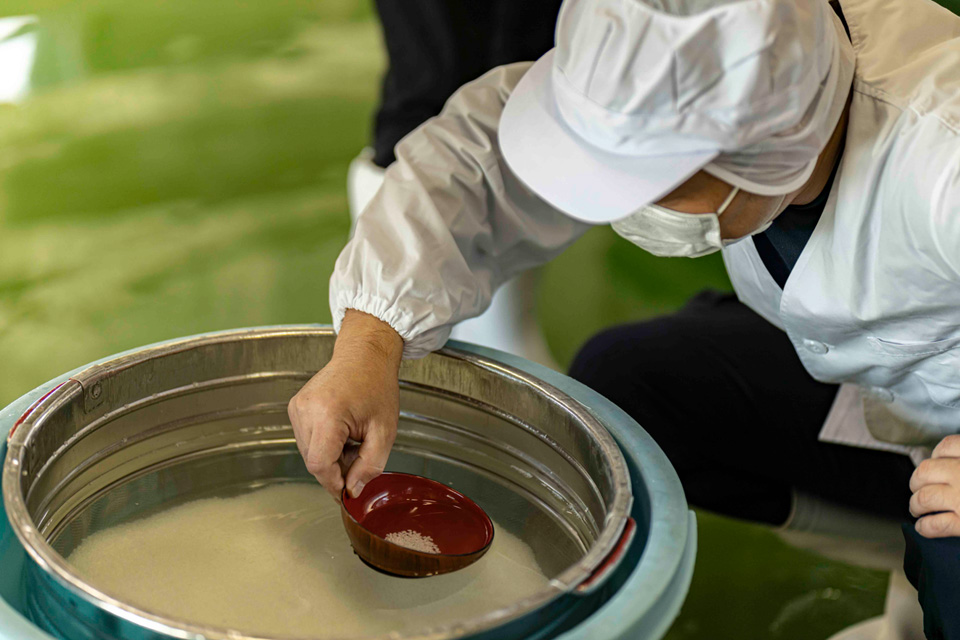
Skill
The brewer's skills, wisdom, and experience are an essential ingredient in the brewing of sake. A large part of the complexity of sake derives from the different skills and techniques passed down and refined through the ages, which can vary by region. Tiny tweaks here and there make each sake brewery's process unique.
How is Sake Made?
1. Preparing the rice
Proteins, fats, and lipids on the outer layers of the rice are a great source of nutrition, but tend to produce unwanted off-flavors in sake brewing. When making more refined styles, brewers often remove these layers in a process called polishing. Highly polished rice has a higher concentration of pure starch, which makes the sake more delicate, silky, and elegant. The rice polishing ratio is normally printed on the label.
After polishing, the rice is washed to remove any leftover bran, soaked to adjust the moisture content, and then steamed.
2. Koji-making
A portion of the steamed white rice is transferred to a special room called a koji-muro, where the brewer makes the koji. The room is specially designed to control temperature and humidity. Over the course of about 48 hours, the brewer carefully controls the growth of the mold on the rice to produce the right levels of glucose for the type of sake they are making.
3. Starter
Just like with sourdough bread, brewers use a smaller fermented batch called a starter to grow a healthy, strong batch of yeast. Brewers may add lactic acid to raise the acidity to keep wild yeast and other unwanted microbes out.
4. Fermentation Mash
The remaining steamed white rice, koji, starter and water are poured into a large tank. Instead of adding all the ingredients at once and overwhelming the yeast, the brewer adds the ingredients gradually, in three stages over four days. This is called sandanjikomi (three-stage fermentation mash building) and is completely unique to sake. Once the fermentation mash is built, the brewer will allow it to ferment for about 3~4 weeks, carefully checking its progress throughout.
When making beer, sugar conversion and alcohol fermentation are separate stages. However, in sake brewing they occur simultaneously in the same tank, in a carefully balanced cycle called “multiple parallel fermentation.” The skills required to balance this cycle are what make the craft so unique and challenging!
5. Filtration, pasteurization, bottling, storage and shipping
The fermented sake is filtered to remove some or all of the solids. Sake is then often pasteurized twice, to kill any leftover yeast and koji enzymes that may alter the sake. It is then placed in storage for a short time to balance out the flavors, before being bottled and shipped.
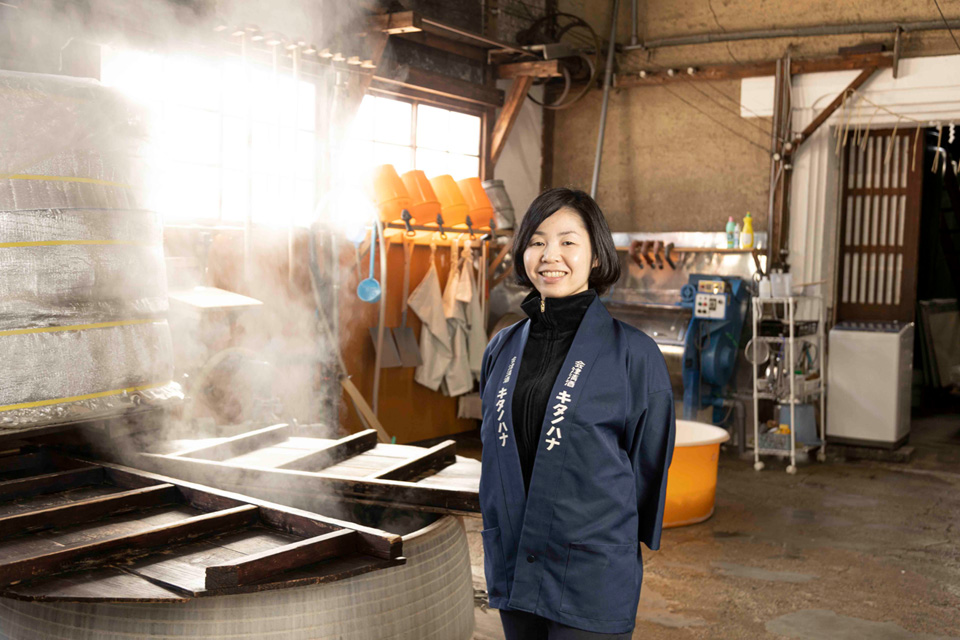
Who Oversees Sake Brewing?
Master brewers, known as toji, have the important responsibility of overseeing the entire brewing process. Under the traditional system, toji live, sleep and work with the other brewery staff throughout the season. Regional guilds were set up to manage the toji, each specializing and priding itself on a particular brewing style.
Some brewery owners prefer to run their brewery more like an organization with no specific person in charge, or become toji themselves and take direct charge of their family business' destiny. Owners who do so are called kuramoto toji.
How Sake is Classified
Sake is classified as either futsushu (basic table sake, often mass-produced) or divided into one of eight grades of premium sake, based on the polishing ratio of the rice and ingredients. Before getting into the nitty gritty, there are a few terms which are helpful to know.
Junmai: sometimes additional distilled alcohol is added to sake to enhance the sake's flavor. Grades preceded by or including the word junmai (pure rice) are made with only rice, water, koji and yeast.
Ginjo: this type has a fruity and floral flavor profile created by combining special yeast with highly polished rice and fermenting at low temperatures. This requires more precision, and much of the process is done by hand.
Daiginjo: the pinnacle of sake made with the utmost precision. Fruity and floral but with elegance, charm and purity, guaranteed to make an impression.
Tokubetsu: this means “special” in Japanese, and denotes the use of a special ingredient or technique, or simply that the sake overlaps between two grades.
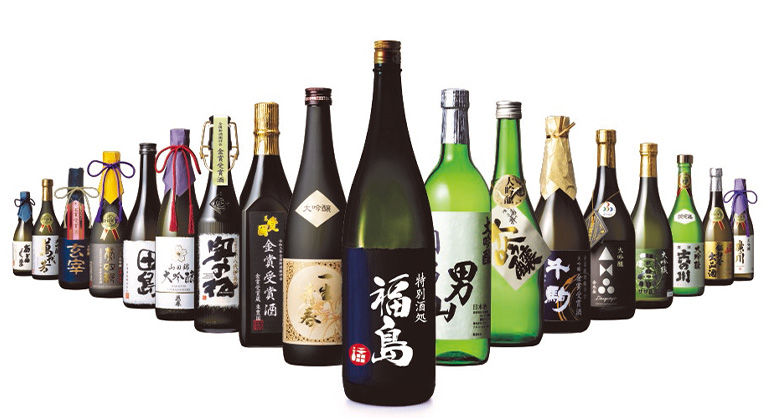
The 8 Classifications of Sake
The world of sake offers something for everyone. The key to discovering sake to match your personal preference is to try many different styles, but this little tasting guide of the main eight grades of premium sake can help point you in the right direction.
Junmai: Tends to be more robust, have more savory flavors (umami) and acidity, and displays much more rice-focused flavors, reminiscent of creamy risotto and marshmallows.
No polishing ratio rule. No additives permitted.
Honjozo: Much lighter than junmai but with similar cereal flavors. Some honjozo have a lovely cutting finish called kire, named after the clean cut of a samurai sword.
Will have a polishing ratio of 70% or lower. A small amount of distilled alcohol may be added.
Tokubetsu Junmai: Sitting in between junmai and junmai ginjo, this is a great option if you like your sake fruity with a little complexity. Sometimes has a refreshing sharp acidity.
Will have a polishing ratio of 60% or lower and may use special ingredients or techniques. No additives are permitted.
Tokubetsu Honjozo: Sitting in between honjozo and ginjo, this offers the light structure of honjozo but with slightly more fruit.
Will have a polishing ratio of 60% or lower and may use special ingredients or techniques. A small amount of distilled alcohol may be added.
Junmai Ginjo: If you like fruity, elegant wine, this is the sake for you. With hints of rice in the background, this sake is smooth and fruit forward.
Will have a polishing ratio of 60% or lower. No additives are permitted.
Ginjo: Similar to junmai ginjo but lighter and more pronounced on the nose.
Will have a polishing ratio of 60% or lower. A small amount of distilled alcohol may be added.
Junmai Daiginjo: The pinnacle of elegance and beauty with a silky texture and a fruit-forward nose. Breweries sometimes make junmai daiginjo with more modest aroma profiles to make them easier to pair with food.
Will have a polishing ratio of 50% or lower. No additives are permitted.
Daiginjo: Similar to junmai daiginjo but often lighter with a more pronounced nose. Some daiginjo have a lovely cutting finish called kire, named after the clean cut of a samurai sword.
Will have a polishing ratio of 50% or lower. A small amount of distilled alcohol may be added.
There are also some special types of sake, such as taruzake (which is stored in cedar barrels), namazake (unpasteurized sake) and sparkling sake, made with added gas or with some dissolved gas from the fermentation. Nigorizake is coarsely filtered, to leave some solids behind.
How to Drink and Serve Sake
While more refined sake is often served cold, playing with temperature is another way to add new dimensions to your sake experience.
Sake will not only contrast and complement food like wine, but it can also transform it and bring out the flavors of the ingredients. This transformative ability is thanks to umami, a taste created when amino acids combine with other food components in the mouth.
The source of umami in sake comes from the protein in the rice. Sake made with less polished rice tends to have higher levels of umami. Try pairing sake with higher levels of umami with fish, meat and cheese. Warming sake also activates more umami.
Sake is incredibly versatile and will pair with pretty much everything, as long as you match the weight of the food and sake.
How to Store Sake
The delicate aromas of more refined sake are easily damaged by light, heat and oxygen. Store more refined sake (all grades from junmai ginjo/ginjo and above) in a cool, dark place and consume shortly after opening. Namazake should always be stored in the fridge and consumed within 2 months of purchase, and 2 weeks after opening. Old sake can be used for cooking, warmed up or mixed into coffee and cocktails.
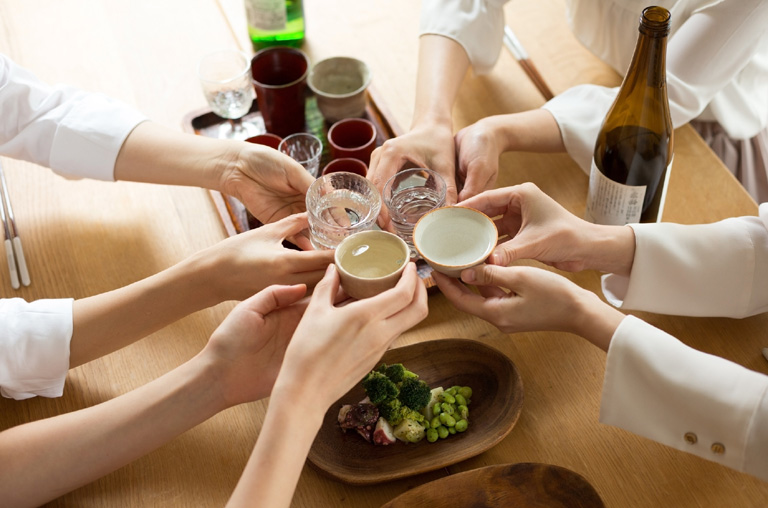
Sake: A Taste of Japan's Culture and Traditions
Just like fine wine and champagne, sake is served at parties and celebrations. It is customary to break open a barrel of sake with a mallet. This ritual is called kagamibiraki and is performed at many celebrations such as weddings and business openings. Apparently, the ritual was originally started by a shogun to rally his troops before battle!
Sake is a thread in the very fabric of Japanese culture and everyday life in Japan. A journey into sake is a journey into Japanese culture itself. There is no better way to learn about Japan's traditions than through the lens of sake.


